#architecture book
Text

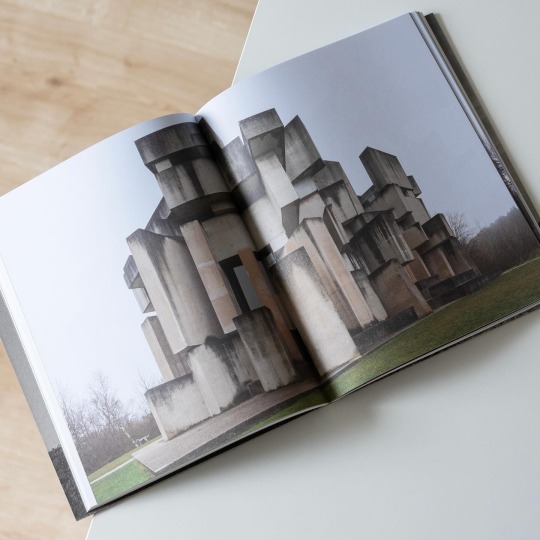
Almost 50 years after its consecration Fritz Wotruba’s Church of the Holy Trinity in Vienna still remains one of the most fascinating church buildings of the 20th century. Made up of 152 individually cast concrete blocks it is a puzzling structure oscillating between architecture and sculpture, the open and the closed. In 2021/22 the Belvedere21 in Vienna with „Wotruba. Himmelwärts - Die Kirche auf dem Georgenberg“ dedicated an entire exhibition to the building, its creator and the conflictual genesis of it. It was accompanied by the present and highly insightful catalogue published by Verlag der Buchhandlung Walther und Franz König that on the one hand recounts the protracted and conflict-laden history of the church but on the other hand also locates it within postwar church architecture and Wotruba’s oeuvre. Within the latter it marks a high point that crowns a development towards dissolving the figure in an architectural form and more than a decade of continued dedication. Sadly Wotruba didn’t see the completion of the church as he untimely died in 1975. Besides a highly insightful exegesis of the church the catalogue also contains a wealth of drawings and contemporary photographs that document the coming to life of the building on site and in the artist’s imagination, a deeply fascinating process that nonetheless was very critically and at times even hostilely received by both the public and the expert audience. The waves have calmed over the past four and a half decades and Wotruba’s church now ranks among the relevant sites to see in Vienna, a development that the Belvedere’s exhibition will further contribute to as it deepens the understanding of and hopefully also the love for this unique church.
54 notes
·
View notes
Text
#tiktok#wholesome#funny#lol#haha#humor#meme#memes#aesthetic#vintage#architecture#book#books#words#quotes
14K notes
·
View notes
Text
Credit to moeai.art on Tik Tok
#goth#gothic#architecture#home decor#vampire#vampirecore#dark academia#light academia#witch#witchcore#witchblr#photography#tiktok#funny#lol#haha#humor#meme#memes#spooky#skulls#books#chaos academia#halloween#candles
7K notes
·
View notes
Text
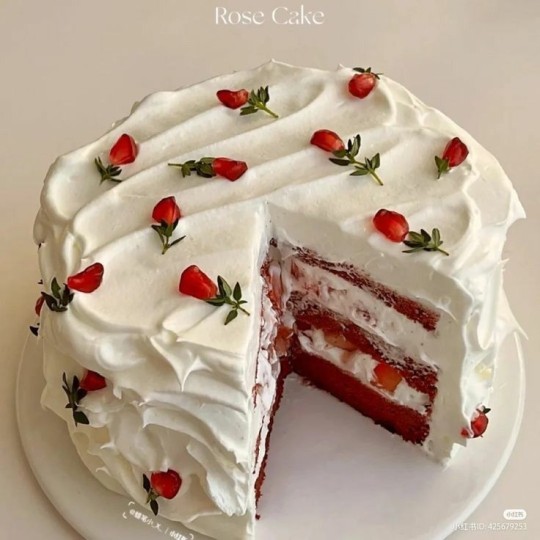

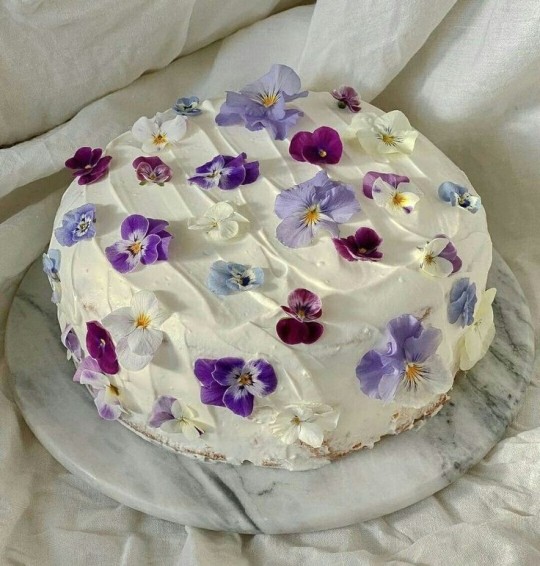

#photography#my photography#yörüngede#cottagecore#artists on tumblr#flowers#RadarPlz#landscape#aesthetic#travel#popular#room#home#design#reading#literature#pets#architecture#nature#books#books and libraries#study#dark acamedia#aww#kittens#kitties#animals#cute#light academia#interior
40K notes
·
View notes
Text

“Do not draw me without reason. Do not wield me without valor.”
#dark academia#light academia#classical#academia aesthetic#academia#escapism#books and libraries#classic literature#books#architecture#sculpture#statue#royal core#cottage core#aesthetics#vibe#mood#Instagram#tumblr#twitter
38K notes
·
View notes
Text

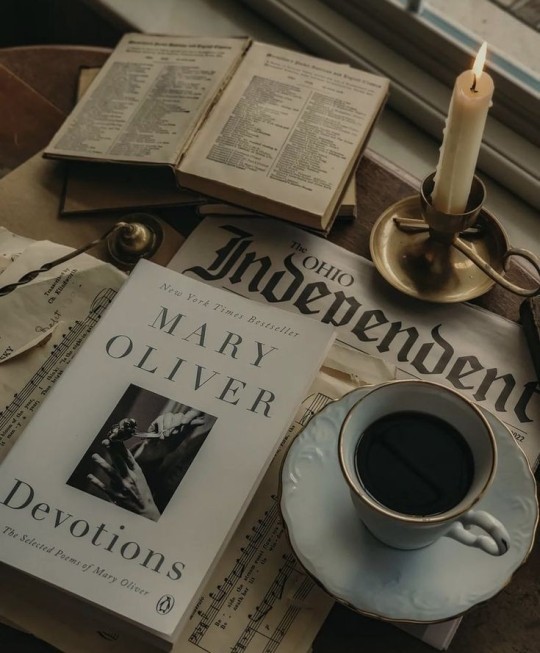
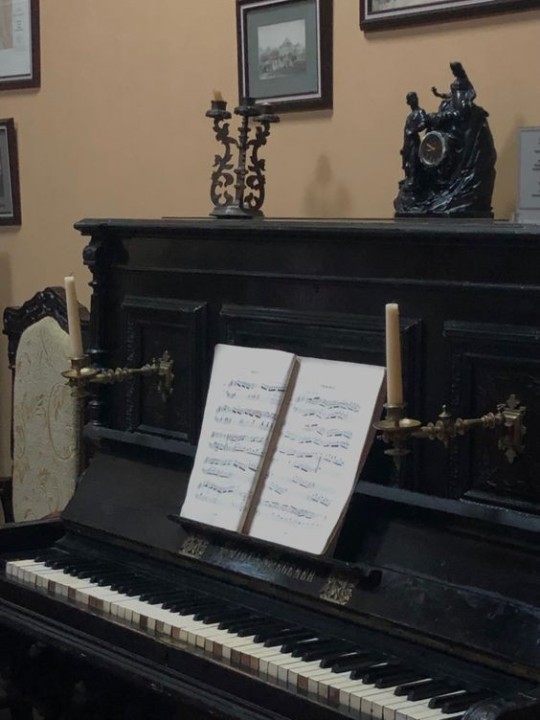



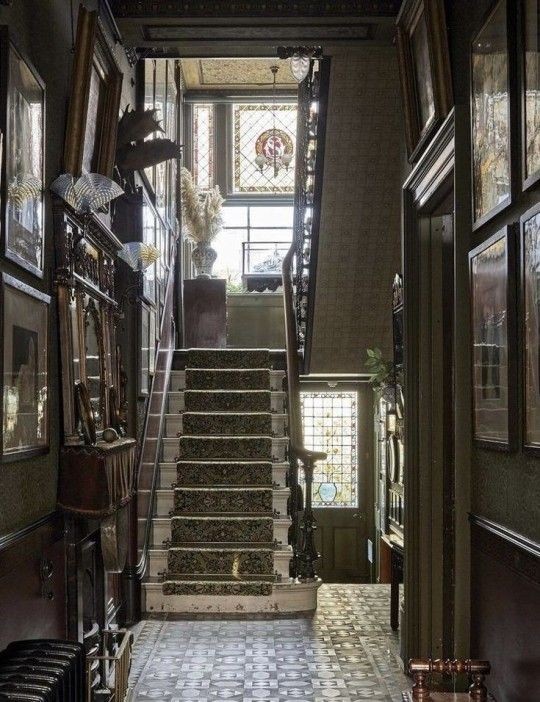
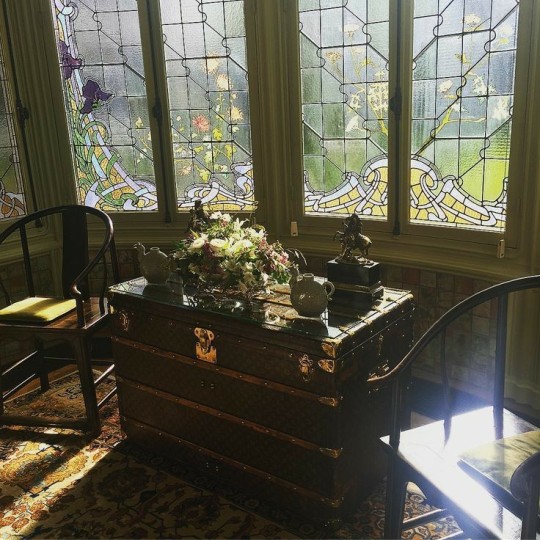
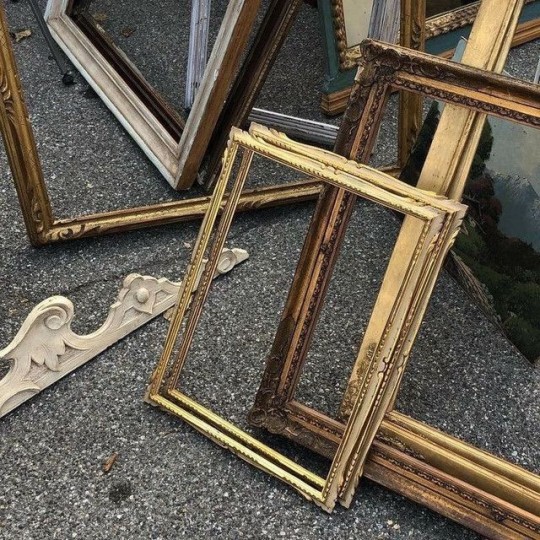
@anelaxoxo
"And you too have come into the world to do this, to go easy, to be filled with light, and to shine."
Mary oliver, from Evidence :poems, "when i am among the trees"
#dark academia#chaotic academia#green academia#light academia#classic academia#dark acadamia aesthetic#aesthetic#dark academia aesthetic#art academia#art#literature#chaotic dark academia#dark academia aesthetics#romantic academia#dark romanticism#romanticism#green moodboard#dark moodboard#dark green#beautiful architecture#mary oliver#poetry books#poetry#books and coffee#victorian
3K notes
·
View notes
Text
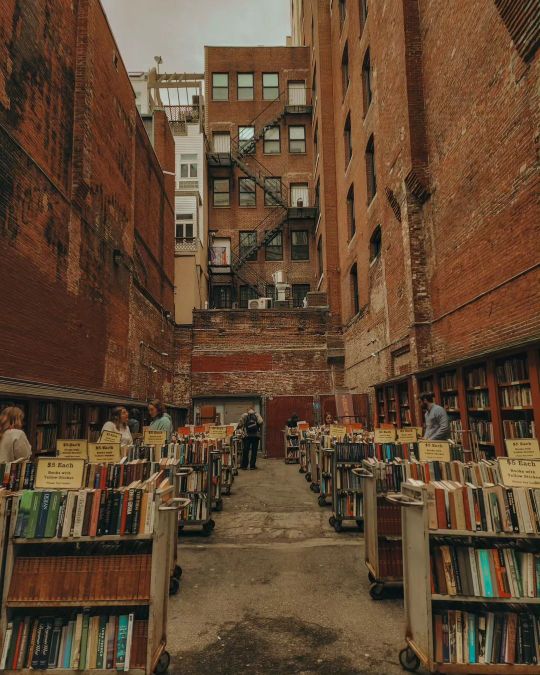
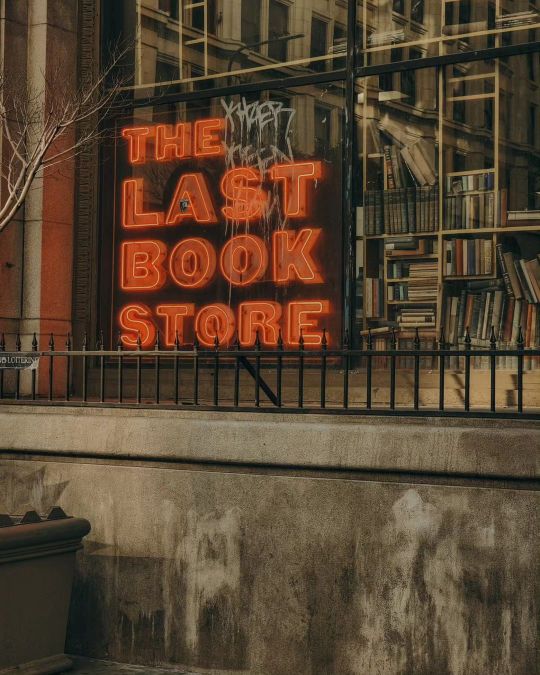
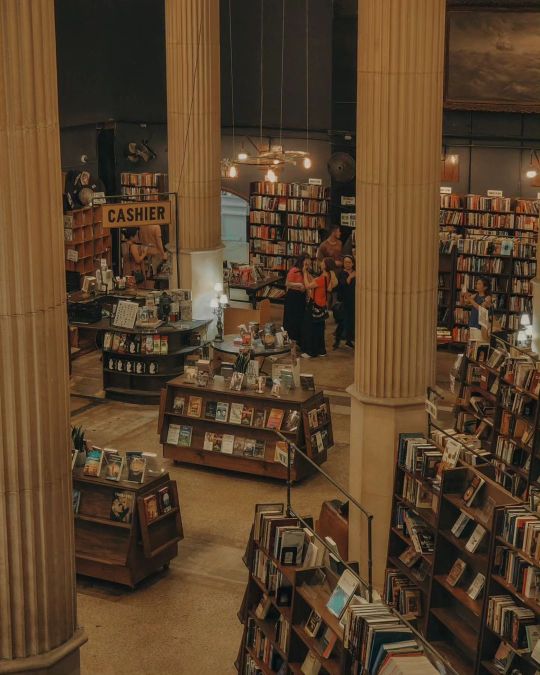



#alıntı#reading#booklover#books#culture#home lifestyle#books and libraries#books libraries#litarature#photography#writing#currently reading#ctiy#travel#landscape#vintage#history#aesthetic#i love you#architecture#trees#view#scenery#bookworm#romance quotes#edebiyat#studyblr#studyspo#tumblarians#spilled thoughts
5K notes
·
View notes
Text

#art#culture#travel#photography#design#movies#food#home lifestyle#books and libraries#books libraries#architecture#musicians#health fitness#gaming#beauty#television#student#fashion#nature#celebrities
20K notes
·
View notes
Text


#my photgraphy#photografy#cottagecore#artists on tumblr#flowers#radarplz#landscape#aestethic#aesthetic#travel#yörüngede#popular#bugeceicelim#superkursunaskr#lostonyoubabe#rumll#architecture#nature#books and libraries#books#dark academia#design#baby#rose#room#home & lifestyle#fypシ#tumblr fyp#çiçek#çiçekler
3K notes
·
View notes
Text
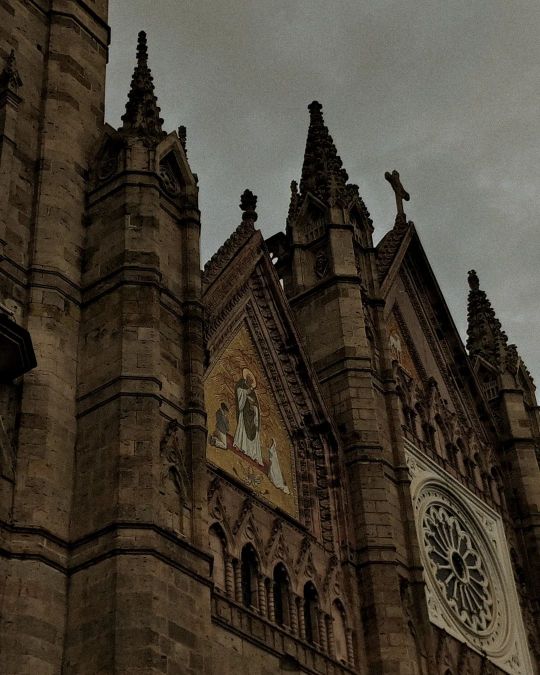
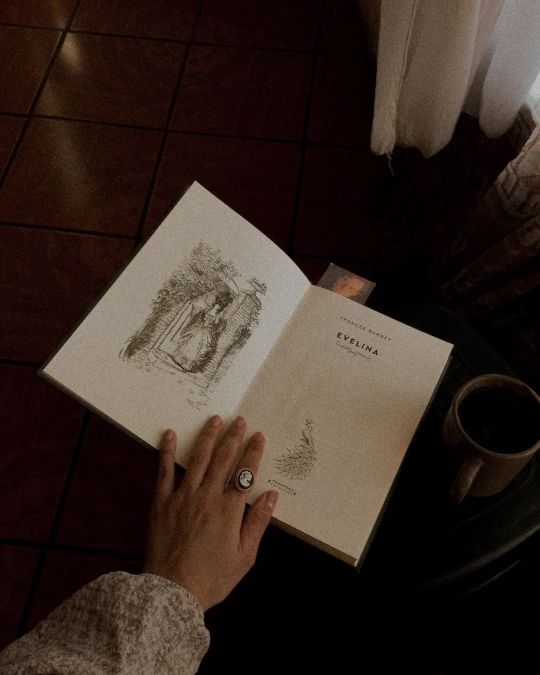




Instagram credit: coffeeyre
#museum#guadalajara#mexico#art museum#artcore#paintings#darkacademia#dark academic#dark academia aesthetic#dark academia#goth#gothic vibes#bookblr#books#literature#classic literature#beautiful architecture#gothic architecture#fallblr#fall vibes
3K notes
·
View notes
Text
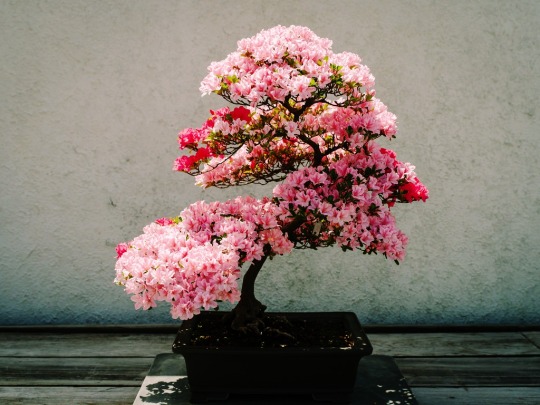

Umma ki küsmeyesin. henüz yeşermemiş nice renkli umutlar var..
#photography#yörüngede#artists on tumblr#cottagecore#landscape#my photography#aesthetic#popular#flowers#travel#RadarPlz#room#home#design#reading#literature#pets#architecture#nature#books#books and libraries#study#dark acamedia#aww#kittens#kitties#animals#cute#light academia#interior
4K notes
·
View notes
Text


In 1951 Le Corbusier embarked on his „aventure indienne“, his Indian adventure, to design and build Chandigarh, the new capital of the Punjab. On February 20 he boarded a flight to Bombay together with his cousin Pierre Jeanneret and on February 23 the two met up with the players to be involved in the project: Maxwell Fry, engineer P.L. Varma as well as government official P.N. Thapar. At the time of their arrival at the designated site of the future capital it was a wide plain dotted with numerous villages and lush vegetation. On the same day Le Corbusier began writing and drawing in his so-called „Album Punjab“, a notebook he would continue to fill until March 11 and which today represents a unique source to the events, ideas and impressions preceding the design and construction of Chandigarh.
The „Album Punjab“ has recently been published for the first time as a facsimile by Lars Müller Publishers and is accompanied by a volume written by Maristella Casciato providing additional context to LC’s commission, unpublished photographs taken by Pierre Jeanneret during the trip and a day-by-day synopsis of the notebook.
Already the first entry tells of Corbusier’s deep interest in the existing landscape and villages, their scale and density as well as the daily life going on. At the same time he also began to search for solutions regarding water supply, spatial approaches to climate control and air circulation in residential buildings as well as he sketched a road system for the future capital and its capitol complex. Consecutively Le Corbusier elaborated these initial impressions and sketches and delved into the local architecture, the spatial organization of traditional houses and already drew planimetric arrangements of low-cost housing units. In terms of the overall urban planning LC harked back to the Pilot Plan he developed for Bogotá together with José Luis Sert. A pressing issue that also came up during the trip were construction costs and the high cost of wood which made the use of concrete even more appealing.
In view of the far-reaching insights the book provides it is an important addition to the literature on Le Corbusier and highly recommended!
#le corbusier#chandigarh#architectural drawings#architecture book#architectural history#book#modern architecture#lars müller publishers
55 notes
·
View notes
Text
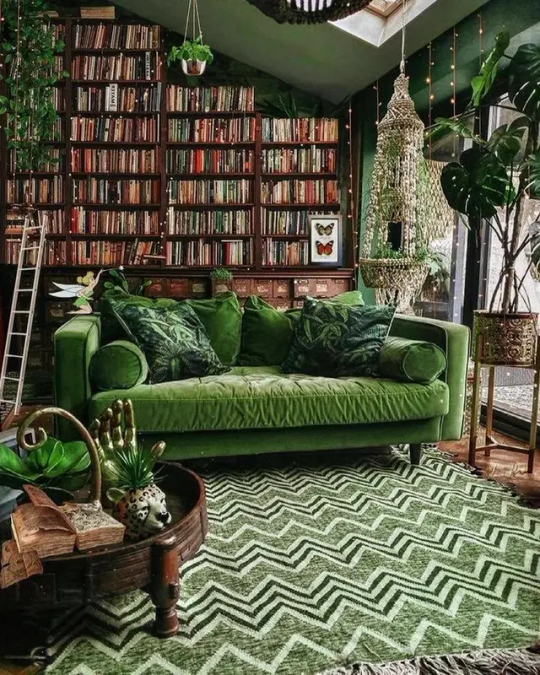
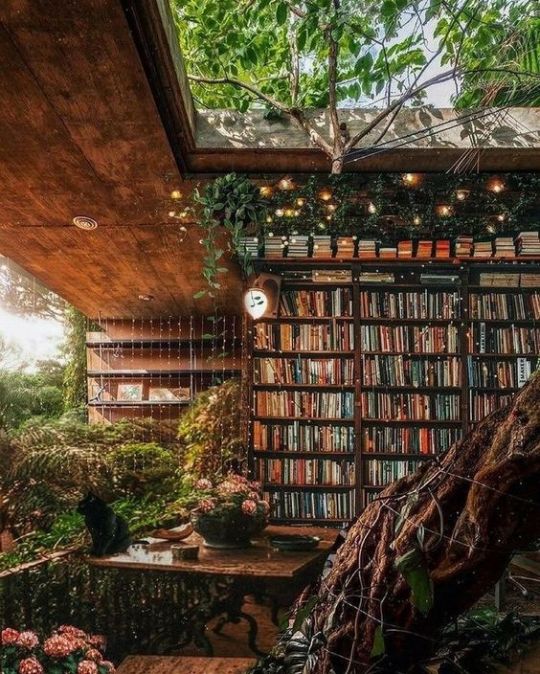
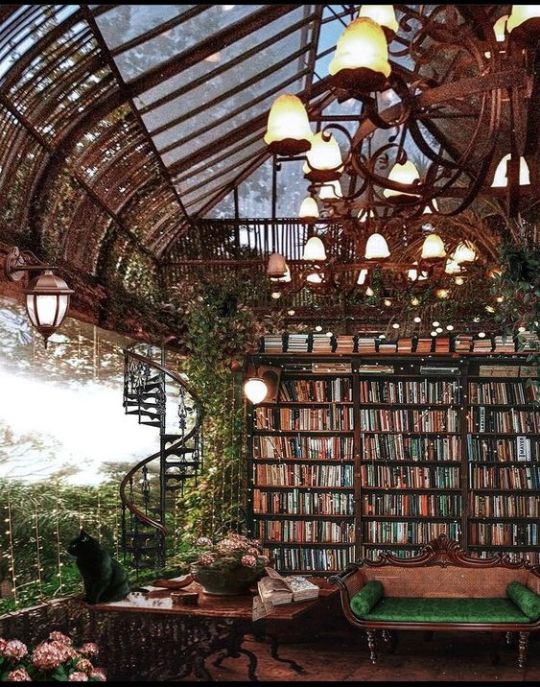

#landscape#paradise#nature#adventure#explore#travel#travelling#aesthetic#books#library#photography#dark academia#light academia#architecture
18K notes
·
View notes
Text



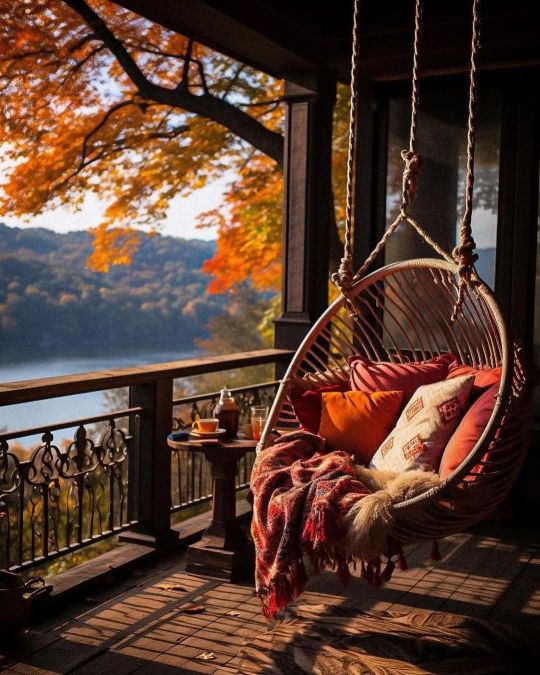
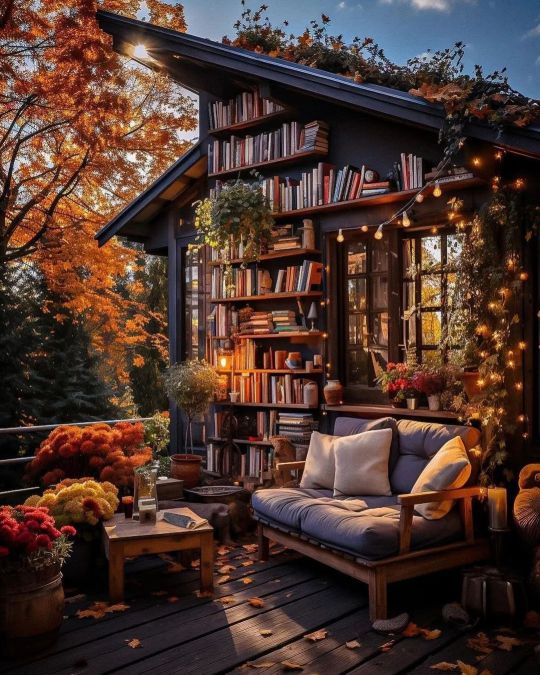

#architecture#dark academia#light academia#photography#aesthetic#fall#autumn#books#halloween#spooky#spooky season#naturecore#cottagecore#pumpkin#landscape#paradise#nature#adventure#explore
7K notes
·
View notes
Text

《Rima XXIV》
Dos rojas lenguas de fuego
que, a un mismo tronco enlazadas,
se aproximan, y al besarse
forman una sola llama;
dos notas que del laúd
a un tiempo la mano arranca,
y en el espacio se encuentran
y armoniosas se abrazan;
dos olas que vienen juntas
a morir sobre una playa
y que al romper se coronan
con un penacho de plata;
dos jirones de vapor
que del lago se levantan
y al juntarse allá en el cielo
forman una nube blanca;
dos ideas que al par brotan,
dos besos que a un tiempo estallan,
dos ecos que se confunden,
eso son nuestras dos almas.
Gustavo Adolfo Bécquer
#art#culture#travel#photography#desing#books and libraries#books libraries#architecture#beauty#nature#spilled thoughts#i love you#quotes#photographers on tumblr#poetas en español#writing#poetry
8K notes
·
View notes
Text


#photography#my photgraphy#cottagecore#artists on tumblr#flowers#radarplz#landscape#aesthetic#aestethic#travel#yörüngede#popular#room#home#desing#reading#literature#pets#architecture#nature#books#books and libraries#study#dark acamedia#cute animals#animals#cute cats#cat#cats#fypシ゚viral
2K notes
·
View notes